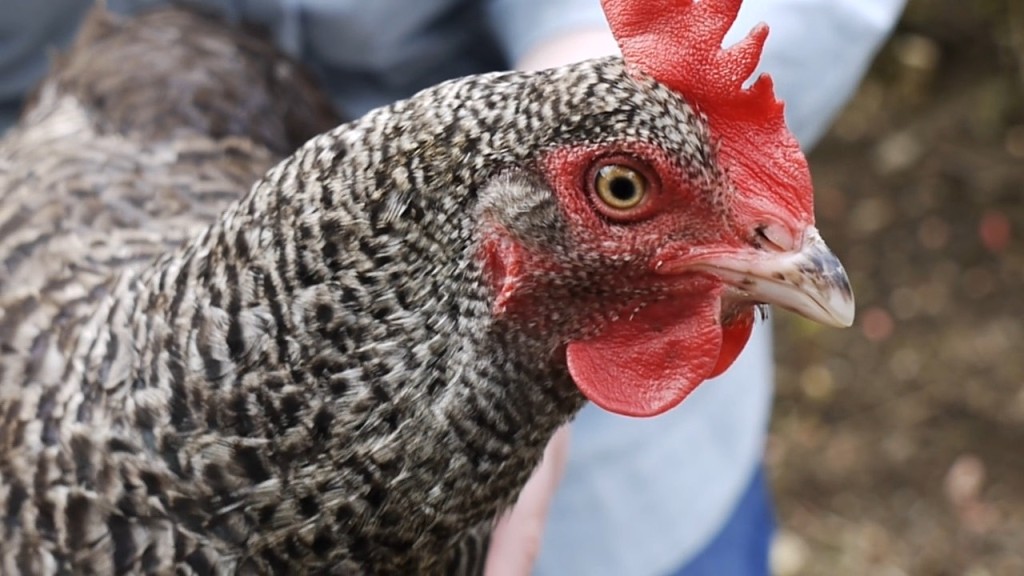Thom Hogan has a brilliant editorial up about the state of the camera market – and not just the stills camera world, as one might expect from Thom, but video and connected cameras too. I think he’s absolutely right about… everything, actually.
Before heading off to the US recently (I haven’t mentioned that I’ve been on holiday, but then, I haven’t mentioned lots of things here in recent months) I agonised about buying a new camera. I still love my lowly Nikon D40, and I love the selection of lenses I have for it. It’s a modest outfit, but it has plenty left to teach me. However, Flossie is also rather taken with it all, particularly the Nikon 50mm ƒ/1.4G, which is a glorious short portrait lens on the D40. The last thing I wanted to do was go on holiday and squabble over who had the camera.
The obvious thing would have been to pick up a new Nikon body. However, none of the current range fits the bill. I’m a video guy, and while I still enjoy shooting with my big(ish) Panasonic AVCCAM I’d very much like a second camera of similar quality. Only with potential for shallow depth-of-field and all that good cinematographic stuff.
Sadly, Nikon’s DLSR video modes suck. Badly.
OK, so Canon, then? My kit of lenses isn’t so massive as to really really stop me from jumping ship, and the cheaper Canon bodies feel a whole lot more solid than they did when I bought my D40. They also do a rather tasty image-stabilised 17-55 ƒ/2.8 for which Nikon have no equivalent.
However, while the Canon EOS 550D is rather smashing, it’s not the stills camera I’m after, which takes me to the 7D… and I’m suddenly looking at a couple of grand including the lens. Then add 20% for spare batteries and CF cards. Great gear, but… not right now, thanks.
I ended up buying a Panasonic GF1. It’s mad, and I love it.
The GF1 seems to be earning a reputation as the ‘poor man’s Leica,’ which sounds about right. It’s no Leica, but it handles like a classic rangefinder that’s had a serious dose of the time machine. It’s quick, handy, and produces delightful images, particularly with Panasonic’s 20mm ƒ/1.7 lens. The 14-45 kit zoom isn’t half bad, either: slow, but sharp and still quite nifty. It’s the 20mm that’s the gem, however – anyone who buys a GF1 without it is doing it wrong.
There’s a terrific article about the GF1 as a travel camera here. I reckon that page alone must have shifted a goodly proportion of the units out there.
Now, the camera needs a little more care than my Nikon, in that I find myself toggling settings almost constantly. And there are times when the lack of viewfinder is a real bind. But mostly, it’s a fabulous little thing. Which shoots video rather nicely, too. Oh, and via an adaptor (bought from eBay, delivered from New York in three days flat), I can mount any of my Nikon lenses. Joy.
It’s far from perfect, but that’s rather the point; I bought it as a stop-gap. It’s a lovely piece of kit, and this week I used it on a paid-for shoot in preference to the Nikon.
Shooting video with it has taught me something else, though: I don’t want a 7D. For cinema-style shooting it might be wonderful, but even the GF1 is unmanageably fiddly for wide-angle handheld work. You know, the sort of thing I mostly do. What I need is Canon’s DSLR sensors in a body designed around video, or in a RED-style convertible body kit.
…which is part what Thom is talking about. Then he picks up, quite rightly, on all the stuff an iPhone can do as a connected camera that a DSLR doesn’t even approach.
What I think is interesting here is framing next-generation camera design as a software problem, not as one of sensors and optics. That, I think, is radical, astute, and absolutely correct.

